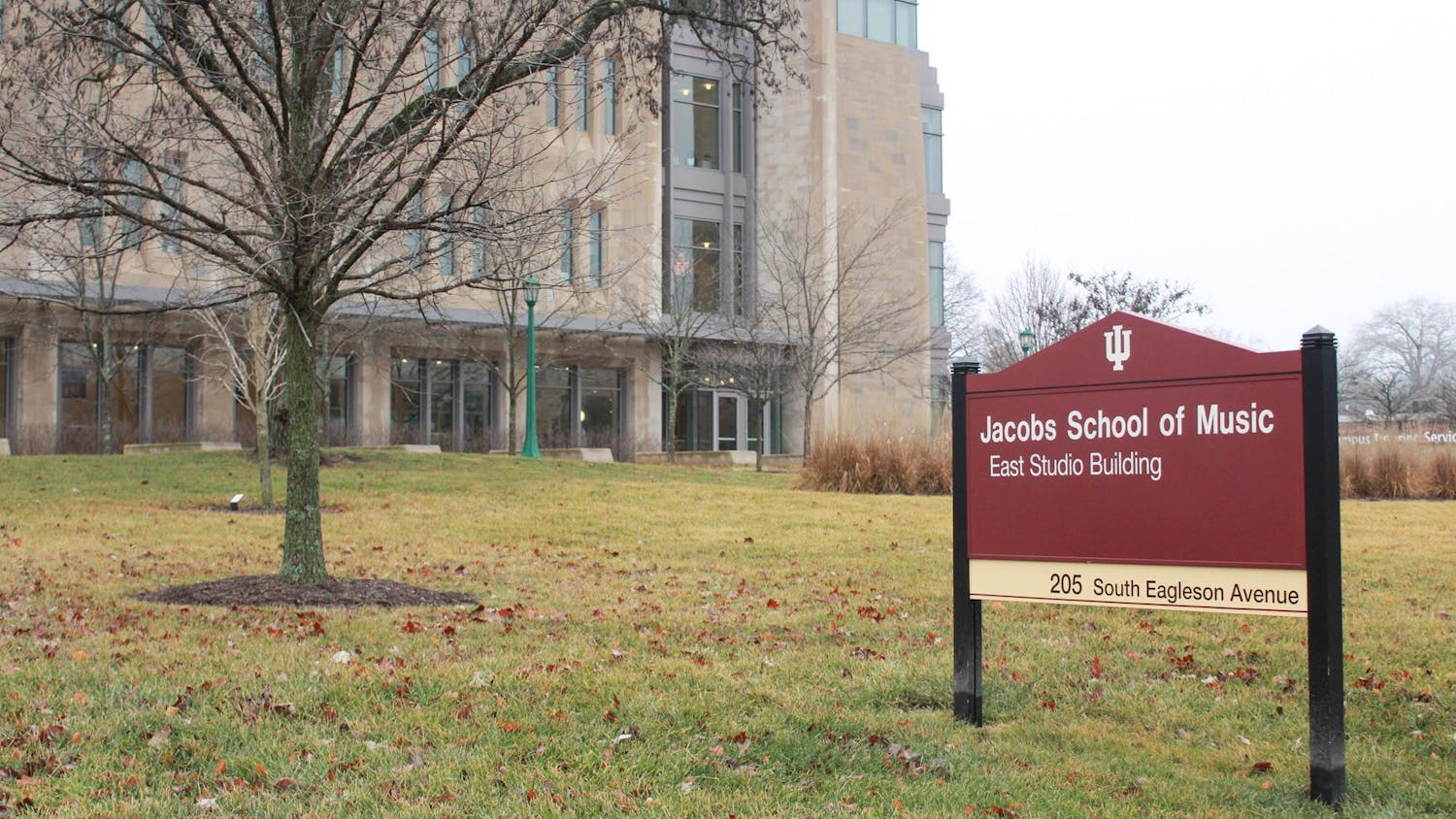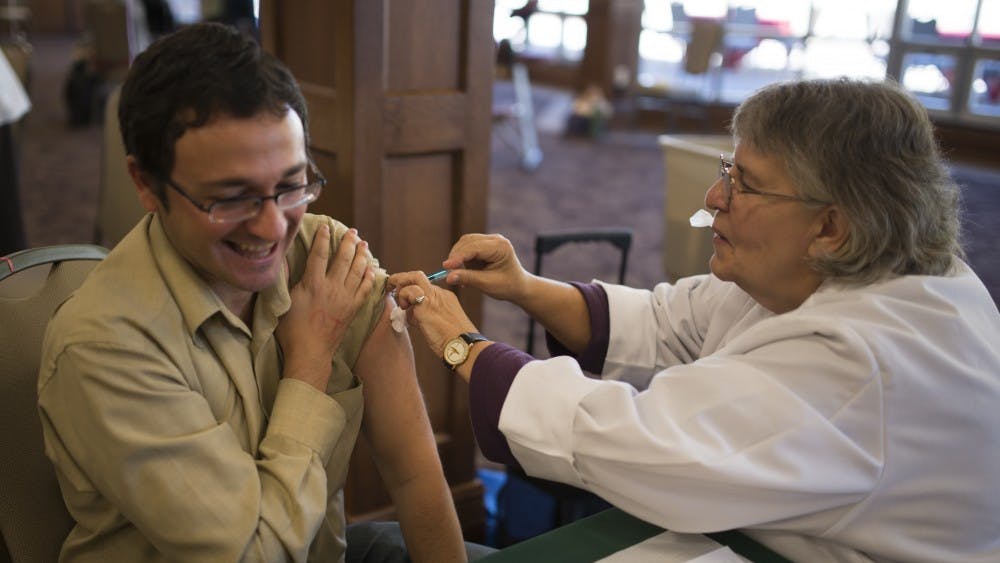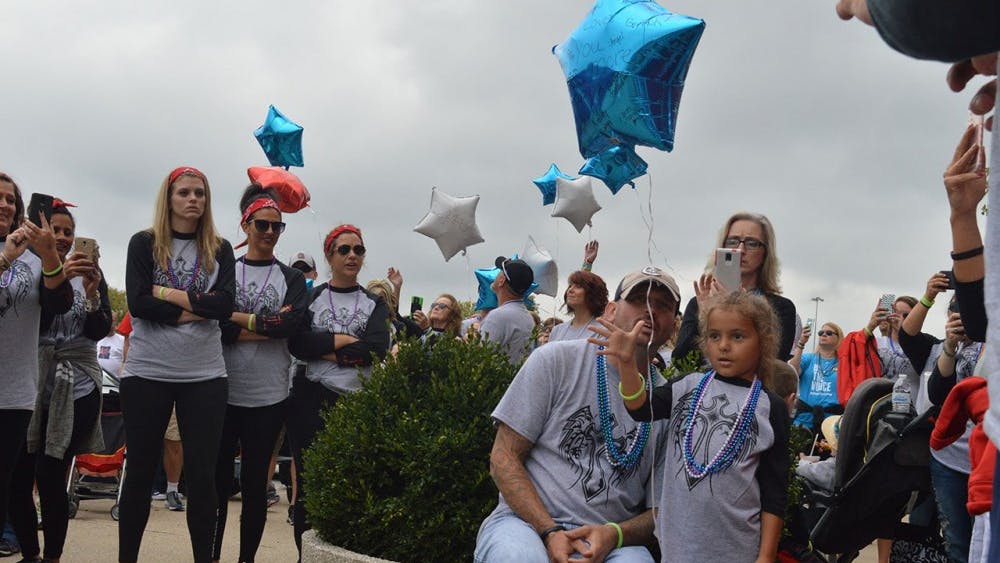They write prescriptions, see patients and sometimes even maintain their own practices — but don’t think about calling them physicians.
Around the state, a growing number of people are enrolling in nurse practitioner programs, changing the meaning of the word “doctor” in the medical world.
At the IU School of Nursing in Indianapolis, more than two-thirds of the master’s students are studying to become nurse practitioners, said Melinda Swenson, a professor of nursing and director of the family nurse practitioner program.
The program launched in the early 1970s as a continuing education program and became its own degree program in 1975, Swenson said.
Nurse practitioners become certified to practice in specialty fields, such as family or pediatric medicine.
After graduation, they are capable of practicing on their own, just like a doctor. They can also write prescriptions, Swenson said.
“Physicians and nurse practitioners are the same at the patient level,” she said. “Nurse practitioners, however, deal more with primary care and health education.”
Indianapolis graduate student Esta Works found the nurse practitioner program appealing because it only requires a bachelor’s degree and about two or three years of graduate-level training. Getting a master’s degree, on the other
hand, can sometimes take 10 years or more.
“I love being a nurse, and I just thought it was time to advance my skills,” Works said.
She said she sees the role of a nurse practitioner and another profession — physician assistant — becoming more popular in the future.
“In the next 10 years, I think nurse practitioners and physician assistants will be the majority in the medical profession,” Works said.
Physician assistants are licensed health professionals who practice medicine, treat patients and write rescriptions, all under a physician’s supervision. Unlike nurse practitioners, however, they do not specialize in a certain area of medicine.
IU does not have a P.A. program, but Butler University in Indianapolis does.
Butler graduated its first class of only eight students in 1996, said Dr. John Lucich , director of the program. It has rapidly expanded since that time.
“P.A. programs are popular everywhere,” Lucich said.
Butler caps the number of students in the program at about 50, but the number of applications has grown exponentially, Lucich said.
For example, the graduating class of 2008 saw 155 total applications, while the graduating class of 2011 had a total of 514 applications. Incoming Butler freshmen can earn a P.A. degree in five years, and Lucich said the popularity is understandable.
“Everyone is well aware that the need for cost-effective health care will continue to grow for the foreseeable future,” Lucich said.
“When one couples this professional demand with a relatively short training time and high salaries, popularity is pretty much a given.”
The average total income of a nurse practitioner is $92,110, according to the American Academy of Nurse Practitioners, a trade group. Full-time physician assistants earn about $89,000 a year.
But don’t expect to see a P.A. program at IU anytime soon, said Marti Reeser , director of the IU School of Medicine’s Office of Medical Student Affairs .
“A high level of interest does not automatically translate into the ability to mount a program,” Reeser said. “Health care related degree programs can be very expensive to operate, so those factors become a bigger part of the equation.”
State sees surge in nurse practitioner enrollment
Get stories like this in your inbox
Subscribe





